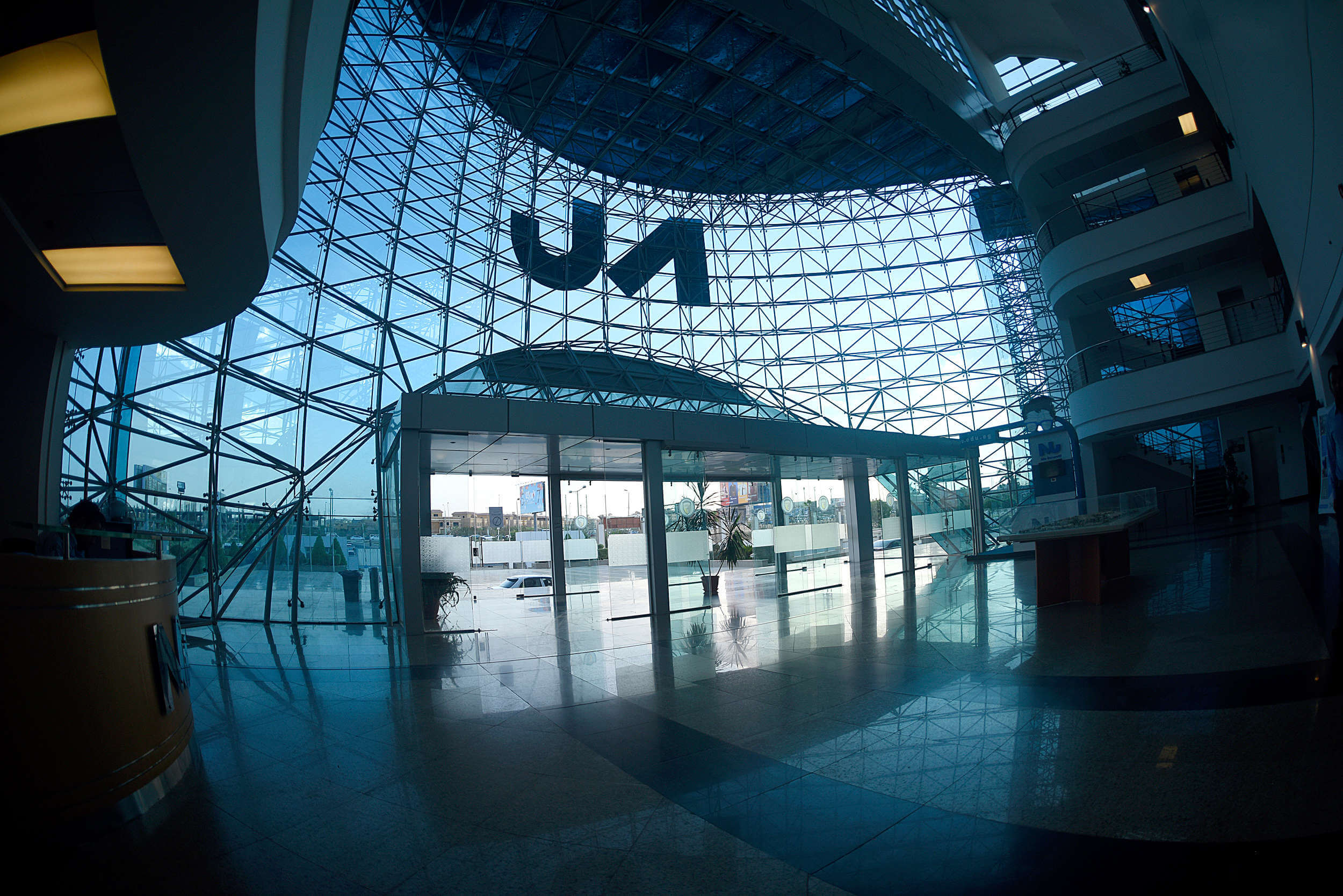Breadcrumb
Publications
Filter by
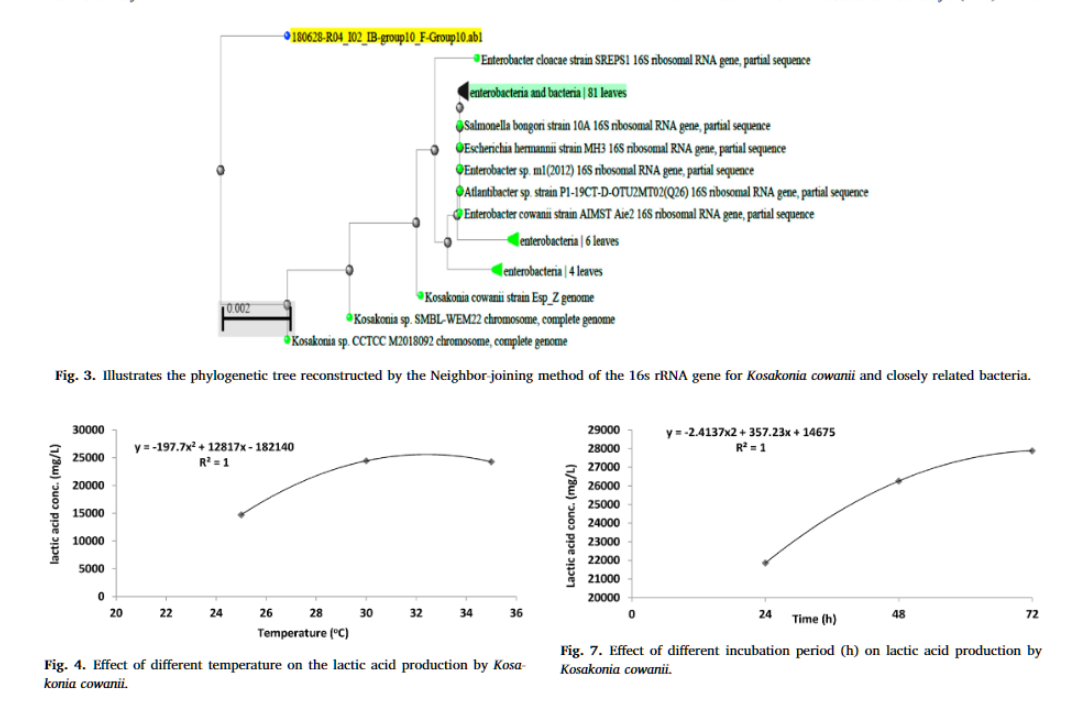
Optimization of lactic acid production from agro-industrial wastes produced by Kosakonia cowanii
Lactic acid is used for the preparation of poly-lactic acid. The objective of this research was to produce lactic acid from agro-industrial wastes as cheap, renewable substrates, and also reduce the pollution burden on the environment. Sixteen bacterial isolates were isolated from agro-industrial wastes. The chemical hydrolysis of agro-industrial wastes was achieved with hydrochloric acid
Develop TE/TM Pass Filters on double-loaded-on-ridge Structure with ITO/TiN for Upstream FTTH Optical Access Networks
In this paper, TE/TM pass filters are introduced as a dual optical multiplexer in the fiber-to-the home (FTTH) uplink transmission. The architecture is implemented at 1330 nm wavelength, with a double-loaded-on-ridge structure. In the TE pass filter, TM mode couples with plasmonic mode while TE mode is guided through the core with low losses due to the effect of the two plasmonic materials. The TM
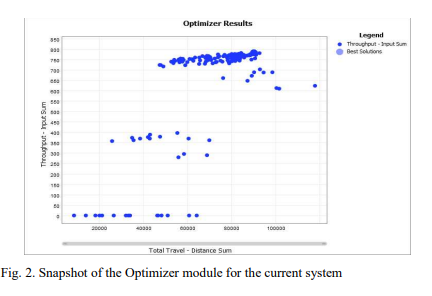
FlexSim Simulation to Enhance Productivity of a Production Cell : A Case Study
The use of modelling and simulation as a decision-making tool has increasingly been recognized to solve industrial problems. Modeling and simulation are utilized in this study to assess, analyze, and provide recommendations for improving the performance of an existing production cell in a manufacturing plant. To analyze the performance of the assembly line under investigation, multiple key
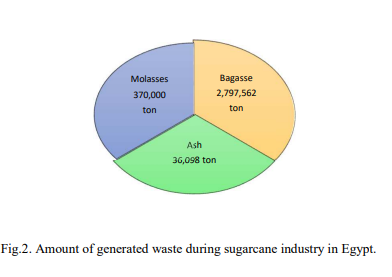
Production of Single-Use Tableware Products from Bagasse
This study aims to utilize bagasse waste produced from the sugar cane industry to manufacture single-use tableware such as plates and cups as a potential alternative to Styrofoam and plastic cups and containers. This will reduce the environmental hazardous results from packaging products. Unlike traditional plastics and Styrofoam which can take hundreds of years and require high temperature to
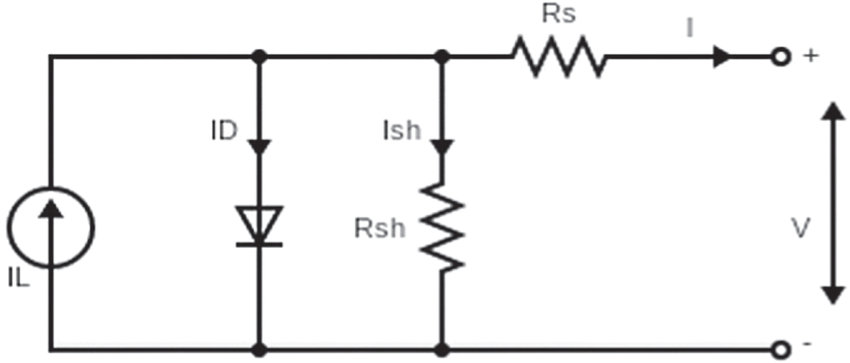
Effect of thickness and temperature on flexible organic P3HT:PCBM solar cell performance
A blend of poly 3-hexylthiophene (P3HT) and [6, 6]-phenyl-C61-butyric acid methyl ester (PCBM) is used as a photoactive layer for simulating a bulk heterojunction organic solar using general-purpose photovoltaic device model (GPVDM) software. The optical and electrical performance of the cell had been analyzed by changing the thickness of each layer and substrate material over a range of operating

Enhancing barrier properties of chitosan extracted from shrimp shells as a sustainable material for active packaging using natural wastes
Due to the environmental concerns, much responsiveness has been paid to natural polymers and recycle wastes. Disposal of wastes like marine wastes and domestic wastes end up in landfills and open areas which cause environmental crisis. The development of biodegradable active packaging materials is one of the alternatives to reduce the using of synthetic petroleum-based plastics. Biodegradable
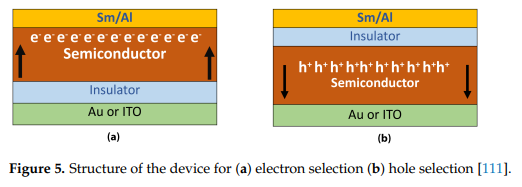
Review organic solar cells parameters extraction and characterization techniques
Organic photovoltaic research is continuing in order to improve the efficiency and stability of the products. Organic devices have recently demonstrated excellent efficiency, bringing them closer to the market. Understanding the relationship between the microscopic parameters of the device and the conditions under which it is prepared and operated is essential for improving performance at the
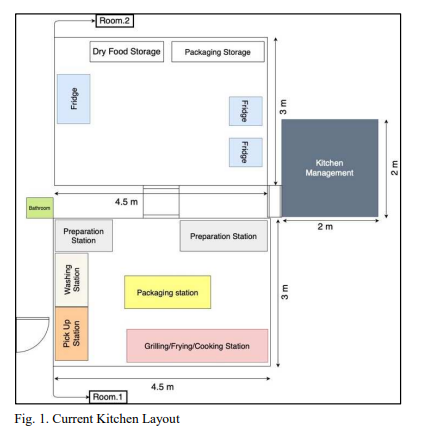
Facility layout and supply chain management of food service industries: A case study
Although there is a massive number of food tech enabled startups all over the world only few of them can succeed globally, determining the main factors which affect success or failure are still a challenge. In this paper, industrial engineering fundamentals are used to develop the startup structure and workplace design in two main areas; layout design to improve the work environment as well as
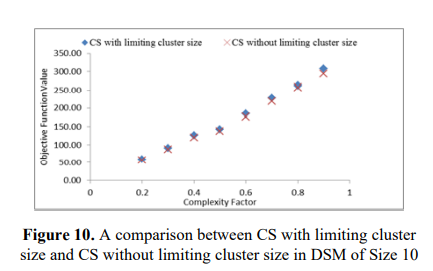
An efficient optimization algorithm for modular product design
Modularity concepts play an important role in the process of developing new complex products. Modularization involves dividing a product into a set of modules - each of which consisting of a set of components - that are interdependent in the same cluster and independent between clusters. During this process, a product can be represented using a Design Structure Matrix (DSM). A DSM acts as a tool
Supervised fuzzy C-means techniques to solve the capacitated vehicle routing problem
Fuzzy C-Means (FCM) clustering technique is among the most effective partitional clustering algorithms available in the literature. The Capacitated Vehicle Routing Problem (CVRP) is an important industrial logistics and managerial NP-hard problem. Cluster-First Route-Second Method (CFRS) is one of the efficient techniques used to solve CVRP. In CFRS technique, customers are first divided into
